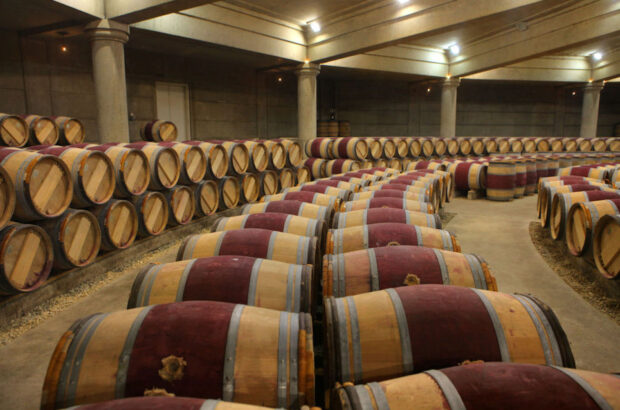See Decanter's vintage guide for Médoc and Graves 2007
Médoc and Graves 2007
Drink soon
Mixed rather than great. The best wines (from top châteaux) are soft, fruit-forward and charming, but with limited ageing potential. Lowish yield.
Weather Conditions
After a mild February, budburst arrived 10 days earlier than usual, at the end of March. Temperatures soared in April – it was the warmest since 1949 – but then sunk in May and flowering was a week later than the norm. Rain and May’s chronic lack of sunshine endured until August, bringing the constant threat of mildew. Unceasing work (and treatment) in the vineyards was needed to maintain healthy grapes and then reduce yields in the harvest run-up.
Although August began warm and sunny, rain and cooler weather soon returned, swelling the berries and creating huge variety in the relative development of various plots and vineyards. By September growers were desperate, but then came 64 days of unbroken sunshine – and a long, drawn-out harvest at last got underway. Picking dates were crucial.
Best Appellations
Some of the top châteaux, with the means – and will – to do rigorous work in the vineyards, have produced soft, charming, fruity red wines for drinking earlier than usual. Others, though, were less successful, and even top wines can lack depth and have a herbaceous, even vegetal, edge. Whites are perhaps the more exciting: the Indian summer providing the requisite sugars while the previous months conserved acidity.
Margaux is the most consistently impressive. More variation in Pauillac (style and quality) and the appellation’s lauded density is less obvious. Similar pattern in Saint-Estèphe, where many châteaux failed to get sufficient ripeness, while Saint-Julientends to lack density and follow-through, though overall quality is acceptable. Pessac whites have lovely pure and delicate Sauvignon-dominant fruit, perfect for early drinking, but may not have the acidity or fruit concentration to be long-lived.
Best Producers
Red – Margaux: châteaux Palmer, Boyd-Cantenac, Kirwan, Marquis d’Alesme, d’Issan, Durfort-Vivens; Saint-Estèphe: châteaux Cos d’Estournel, Montrose, Calon-Ségur; Pauillac: châteaux Mouton-Rothschild, Haut-Bages, Libéral, Pichon-Longueville-Baron, Latour, Pontet-Canet, Croizet-Bages; Saint-Julien: châteaux Langoa-Barton, Leoville Las Cases, Ducru-Beaucaillou, Leoville Barton, Leoville Poyferre, Talbot; Pessac: châteaux Mission-Haut-Brion, de Fieuzal, Haut-Bergey; Haut-Médoc: La Tour Carnet.
Pessac whites: Châteaux Haut-Brion, Laville Haut-Brion, Larrivet Haut-Brion, Pique-Caillou.







